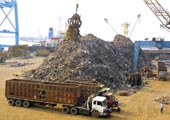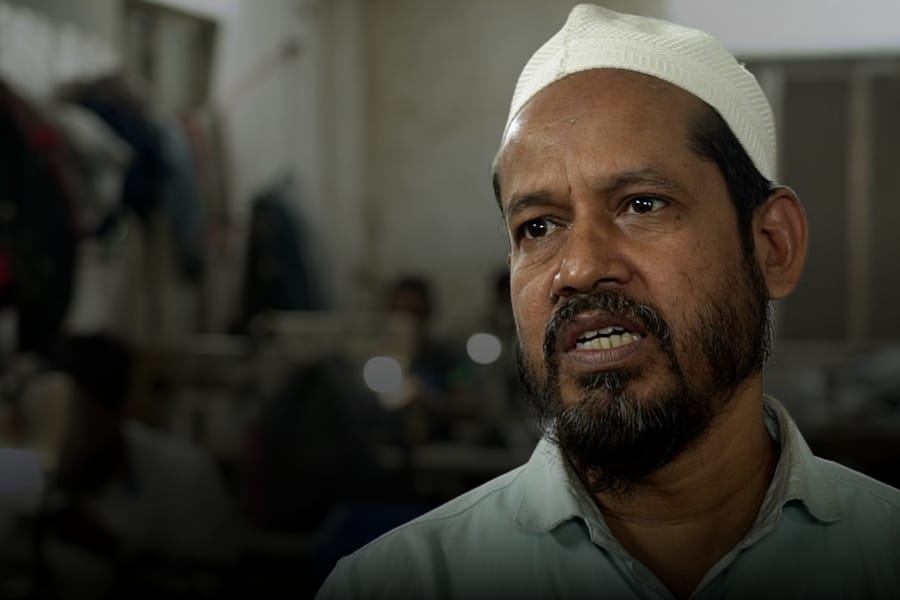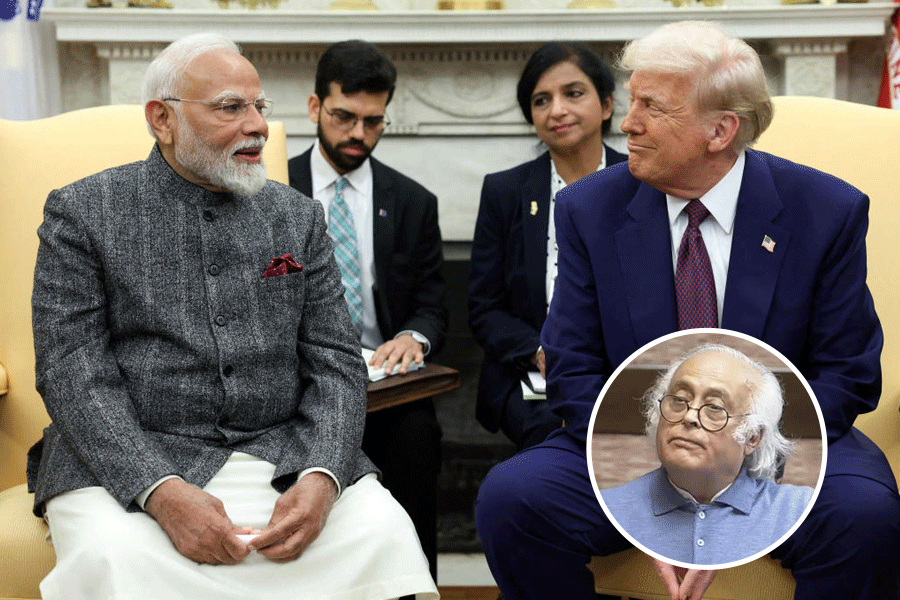 |
| ?India?s most notable achievements in metal technology have been in the field of iron and steel? |
The iron industry dates back to 3300 BC, with references to the metal found in cultural texts across the length of the country
Iron has played a crucial role in the history and civilisation of Assam for a very long time. As in other parts of the country, the metal has been an integral part of the lives of tribals since time immemorial.
Indeed, India was the first country to develop a sound material culture by using various kinds of metals. The most ancient culture of the world, the pre-Harappan culture, dated back to 3300 BC and provided a strong metallurgical tradition for the Indian people. The ancient people of the country developed various traditional metallurgical technologies.
Some of these technologies have proved to be the first of their kind in the history of metallurgy in the entire world.
The country?s most notable achievements in metal technology have been in the field of iron and steel. According to archaeological evidence, iron was in use at about 1,000 BC. Wootz, a corrupt form of the Kannada word ukku, was the first crucible steel made in the world and was famous all over West Asia.
This was the raw material from which the Damascus sword was forged. The Arab scholars, who did not disclose the origin of the material, imported the steel from south India.
Till very recently, indigenous people of different states such as undivided Assam, Orissa, Madhya Pradesh and Bihar were engaged in making iron in traditional ways. The construction of furnaces and the smelting process with all the rituals and ceremonies were meticulously followed. These can be seen as indices of the age-old practice.
The natives of Assam, particularly the hill tribes, traditionally smelted iron ore and manufactured iron implements for many purposes. No scientific study on iron culture of Assam has been conducted so far, though.
So it is difficult to date the period when the people of this area started smelting iron ore and manufacturing iron implements. According to the scholar Robinson, the Khasis of Meghalaya have been manufacturing iron for the past 2,000 years by using traditional techniques.
There are many references to the iron culture of the people of Assam in the writings of many historians. Historians like Pliny, Ammanius Marcellinus and Oldham have mentioned the iron culture of the Assamese people. According to Pliny, the iron of Serica (Assam) was considered the best. Articles of merchandise mentioned by Ammanius Marcellinus from Serica (Assam) included iron apart from skins, aloe, musk and rhinoceros horns.
The classical sources, therefore, point to ironworks from ancient times. It is believed that the people of this area learnt the art of smelting iron from the people staying in the hills in ancient times. The Khasis, in particular, produced it in considerable quantities. As opined by Oldham, Khasi iron was excellent for all purposes just like the Swedish one, and huge quantities were exported to other parts of the state either in lumps or in the shape of the hoe.
Various sources reveal that iron deposits were found in different parts of the Northeast, particularly in the hilly regions ? the Khasi Hills, the Garo Hills, the Naga Hills, Manipur and in the hills of present-day Assam. The iron deposits at Joypur in present Dibrugarh district, Barhat in Sivasagar district and those of the Naga Hills and at Bacha Doyang in the present Doyang Valley in the Mikir Hills were very prominent during the Ahom period.
The first Ahom king Sukapha discovered the sources of iron deposits in Assam. In the course of his war with the Morans, Chutiyas and Barahis, he drank water from various rivers. He discovered that the water of the Dikhow was heavier than the other rivers.
In order to discover the cause of the heaviness of the water, he ascended upstream. He established his capital at Charaideo Hill as he found it appealing. He ascended further to another hill, where he discovered deposits of iron ore. Sukapha initiated the smelting of iron ores and manufactured iron implements. The hill was called Tiru Hill.
In Tai language the meaning of tiru is the place where iron was smelted (ti means smelting of iron, while ru is caves). There was a small hill stream flowing through this area and this stream was also called Tiru. This stream ultimately drains into the Dikhow.
Sukapha established villages of iron smelters, including iron smelting workshops, in this area. After that a long tradition of material iron culture began.
The socio-economic conditions of the iron workers were good. They earned a lot, though they had to toil hard and incessantly. There is a popular saying about the iron workers among the common Assamese people: ?The tiruwal earns a lot
In the vice of gluttony he indulges not,
Slogging tirelessly in a lifetime affair,
A cattle skin tied to the waist as his attire.?
Legendary Assamese historian Benudhar Sarma vividly described the traditional means employed in smelting iron in India. According to him, the Naga foothills were abodes of large amount of iron deposits from Joypur to Bacha Doyang in Sivasagar district. Better quality iron ore was found at a place about 15 miles away from Rongpur (the capital of the Ahoms) on the banks of the Jhanji in Tirugaon, Haitgarh and Kacharighat on the Tiru Hills.
During the days of Purnananda Buragohain, the Ahom king, there existed nearly 30 iron workshops or losals in the Tirugaon and Hatigarh villages. The workers brought iron ore from distant places and produced the metal in the workshops.
The rainwater washed the iron ore from the distant hills, which came down with the flowing water of the Doyang.
Silt mixed with iron ore was deposited on the banks of the river at different places and this silt hardened in the winter season. Iron smelters identified the hard silts mixed with iron ore. Then the palis started the excavation and collected iron ore upto a depth of 10 to 16 cubits.
Usually, two palis dug the well, one raised the ore to the surface and another carried it to the workshop. Thus a group of five workers usually collected 1,000 mounds of ores in 10 days. The ores were collected in a pit. The size of each pit was 10 cubits in length, seven cubits in breadth and three to four cubits in depth. Some amount of this ore and mud mix was taken into a pit full of water. The mud was grated in water to separate the real ore. This ore was then smelted in an iron smelter.











